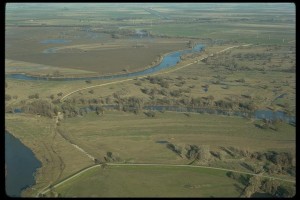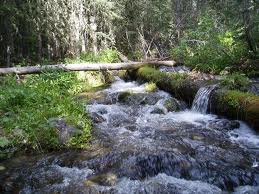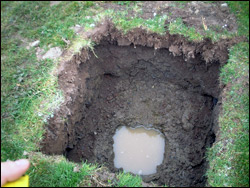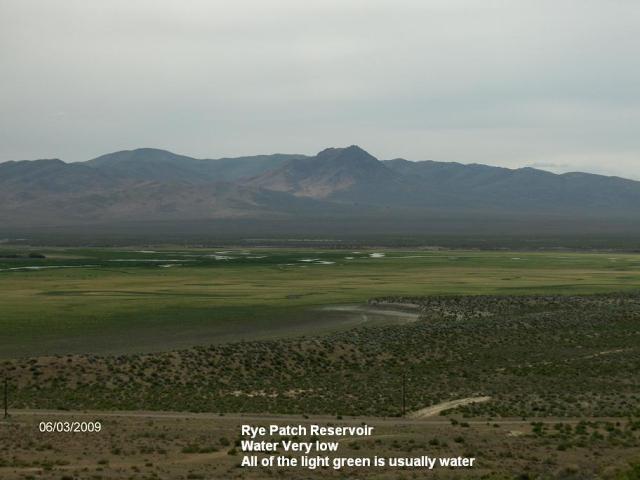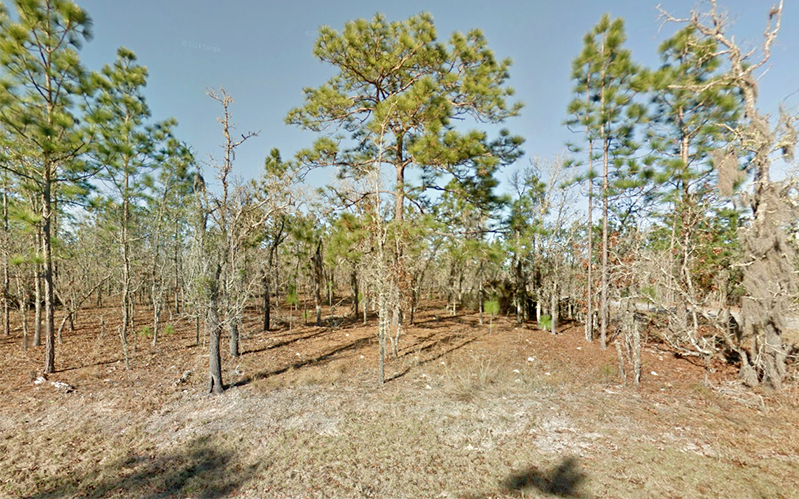How to Sell Your Land On-Line
| July 21, 2012About 15 years ago the best way to market your rural land was either a classified ad in the local paper, signage off the highway or the local pennysaver. Larger companies would use radio or some other direct marketing technique. All of these marketing strategies were slower and more expensive than the options today. I know we all like to complain about inflation but in terms of online marketing we’re in a deflationary environment!
With a little computer knowledge, we have at our disposal today the most compelling and powerful marketing platform ever created and it can be accessed from zero cost to less than $50 month.
CONTENT
Before getting started, check out a few sample ads for houses and you’ll notice that they are emphasizing the benefits and amenities of the house. Don’t sell the steak, sell the sizzle. Raw land is no different. Take a good look at what makes your land compelling. Mountain views? Water? Hunting? Recreational area? Good access? In the path of development? Trees? Then get out the thesaurus and use some colorful adjectives to describe the area and land. Of course, you will need a section for just the facts such as: elevation, access, terrain, deed conveyance, taxes, driving directions, GPS coordinates, sewer, water, utilities, mineral rights, etc. I like to use a simple table outlining all of the basic attributes and facts about the land. It is essential that the potential buyer have easy access to this basic information but it won’t help sell the land. Your language and conviction about the area need to be conveyed to a potential buyer and that is what will sell the property. More information is always better than less. Once you have your content well laid out then you need to add images.
IMAGES & MAPS
Your potential buyer needs to see more than just the words you use to describe the land. They also need to visually connect with the property via high quality maps and pictures of the parcel and surrounding area. You don’t need to have 50 pictures but you do need at least five or so to give the buyer an idea of the terrain, soil and views as well as the road of where they would access the land. You should include a plat map (call the county for a copy), general area map (I like to use Google Earth for maps) and a topographic map is always helpful as well. You can always contact a local surveyor if you need help preparing the maps and getting the GPS coordinates.
PRICING
Raw land prices are currently depressed. Be realistic about pricing. Call the County Assessor for the last two years of comparable sales and price accordingly.
FREE CLASSIFIED ADS
The best place to list free classified ads these days is craigslist.org and backpage.com These are simple no-nonsense interface sites where you can list the property price, description and add images. The big drawback is you have to continue to edit and update your listing to stay on top of the listing system otherwise it will be more difficult for buyers to find you. You can learn more about how to do this through basic Google searches.
PAID AGGREGATOR SITES
There are a few major paid aggregator sites that list land and do all the search engine optimization work for you so when someone Googles “land in California” your listings have a better chance of coming up at the top of the search results page.
Here is an example of the kind of sites that I prefer: landandfarm.com Although these sites are not free, they charge no more than $40 a month for a basic listing package which is actually cheaper than eBay and tends to fetch higher prices as eBay buyers are typically deal hunters. These sites have easy to fill out forms requesting all the basic information a buyer will want to know prior to acquiring the land. They have easy features for uploading pictures and inputting maps. Don’t expect the property to sell within the first month. However you should get some inquiries that first month and if you don’t you will want to edit and adjust your advertisement or switch aggregator sites. Once you have a link to the property you can start sharing it on social media sites like Facebook and Twitter. You just never know if a friend of a friend might be in the market for your property.
CUSTOMER SERVICE
You will need to advertise an email address and phone number for people to contact you so you can field additional questions about the property. Most often, people will want to know if the property is free and clear of any liens or encumbrances including back taxes. They will want to know if there are any other closing costs, Home Owner Association Fees and other details regarding the property. Always be direct when dealing with your customers. If you don’t know the answer simply say you don’t know and that you’ll find out or direct them to the appropriate resource. Typically a surveyor or the local county can help them with what they are looking for.
CLOSING THE DEAL
Use a title company if you are not familiar with deeds, deed conveyance and closing of real estate. I prefer First American Title and you can find them anywhere. They will handle the monies, title search, title policy, deed, recording of the deed and pro-rated taxes, etc. Fees will vary and you can certainly negotiate. Typically the seller pays for the title policy and the buyer pays for half of the escrow fees. You can always charge an extra recording fee to offset these expenses.
THIS SEEMS LIKE A HASSLE! WHAT OTHER OPTIONS ARE THERE?
If this process overwhelms you, consider hiring a land broker. A land broker will take a commission but they will handle all of the above for you. Hopefully they will price the property so that you make almost as much as you would have without hiring the land broker meanwhile it saves you a lot of time and hassle. I do not recommend working with a land broker who charges a flat upfront fee even if the property doesn’t sell as there is no built-in incentive for them to sell the property. Keep on top of them and make sure they are doing their job. Unless the commission is hefty, a land broker isn’t going to care as much about selling your land and may end up just listing it on their own website and letting it sit there forever. Communicate regularly with your land broker so your listing remains a priority for them even if it’s just to get you off their back!
The last option is to call a company like mine and field an offer. We will do all the research and make an offer (typically below market value so we can make money) and pay all the fees. If you are looking for quick and easy this option might work for you. Try it on your own first though as it’s a fun process and you’ll exercise a bunch of brain muscles in new ways. Good luck and feel free to contact me with your questions for a free 20-minute land coaching consultation.



